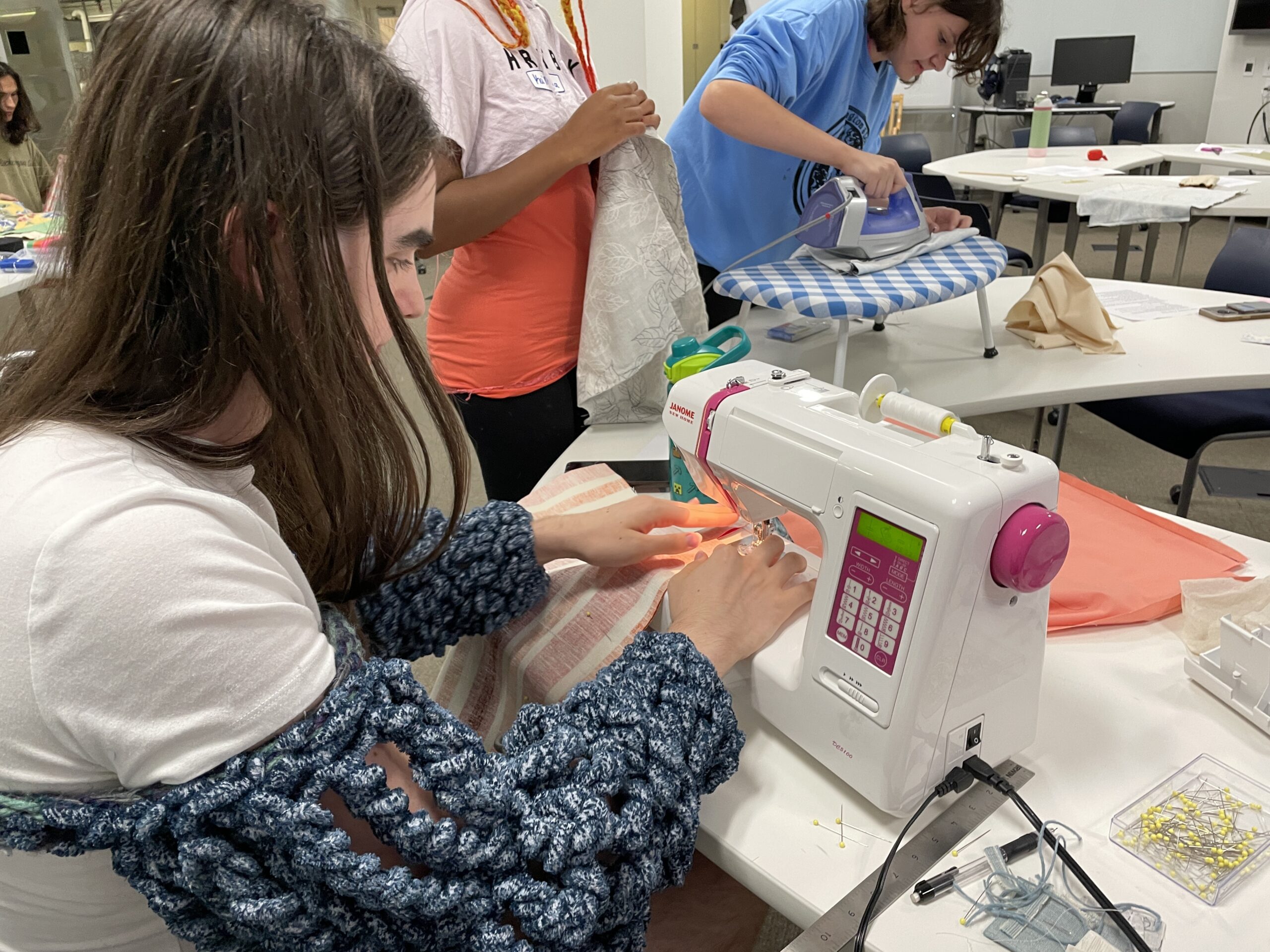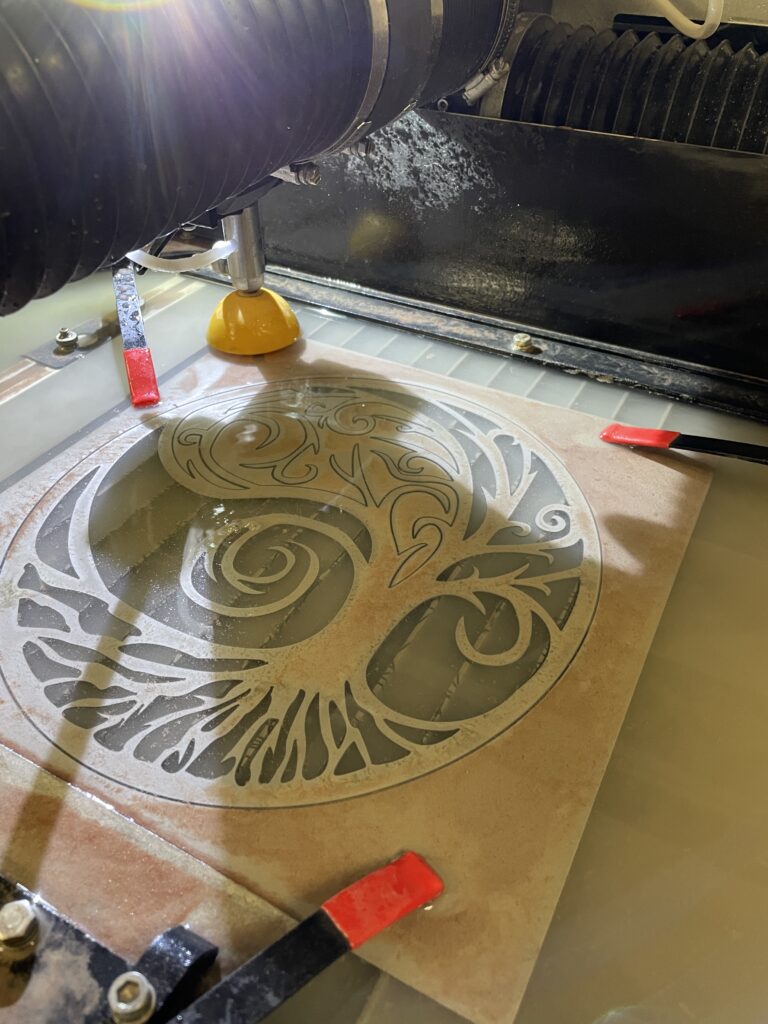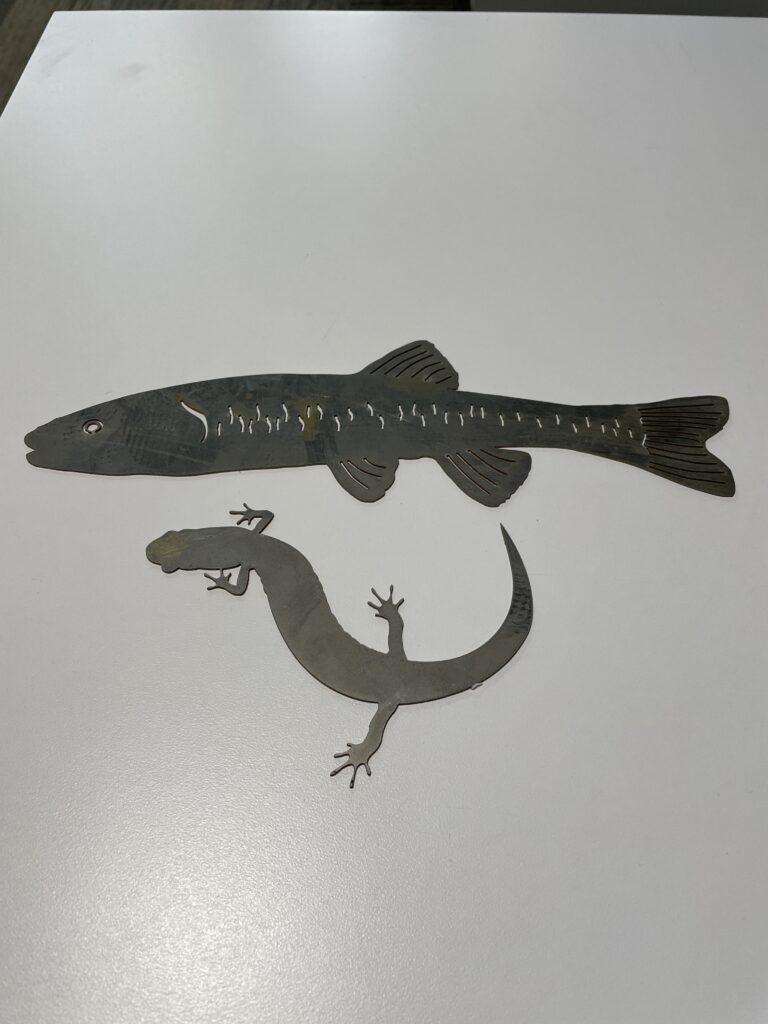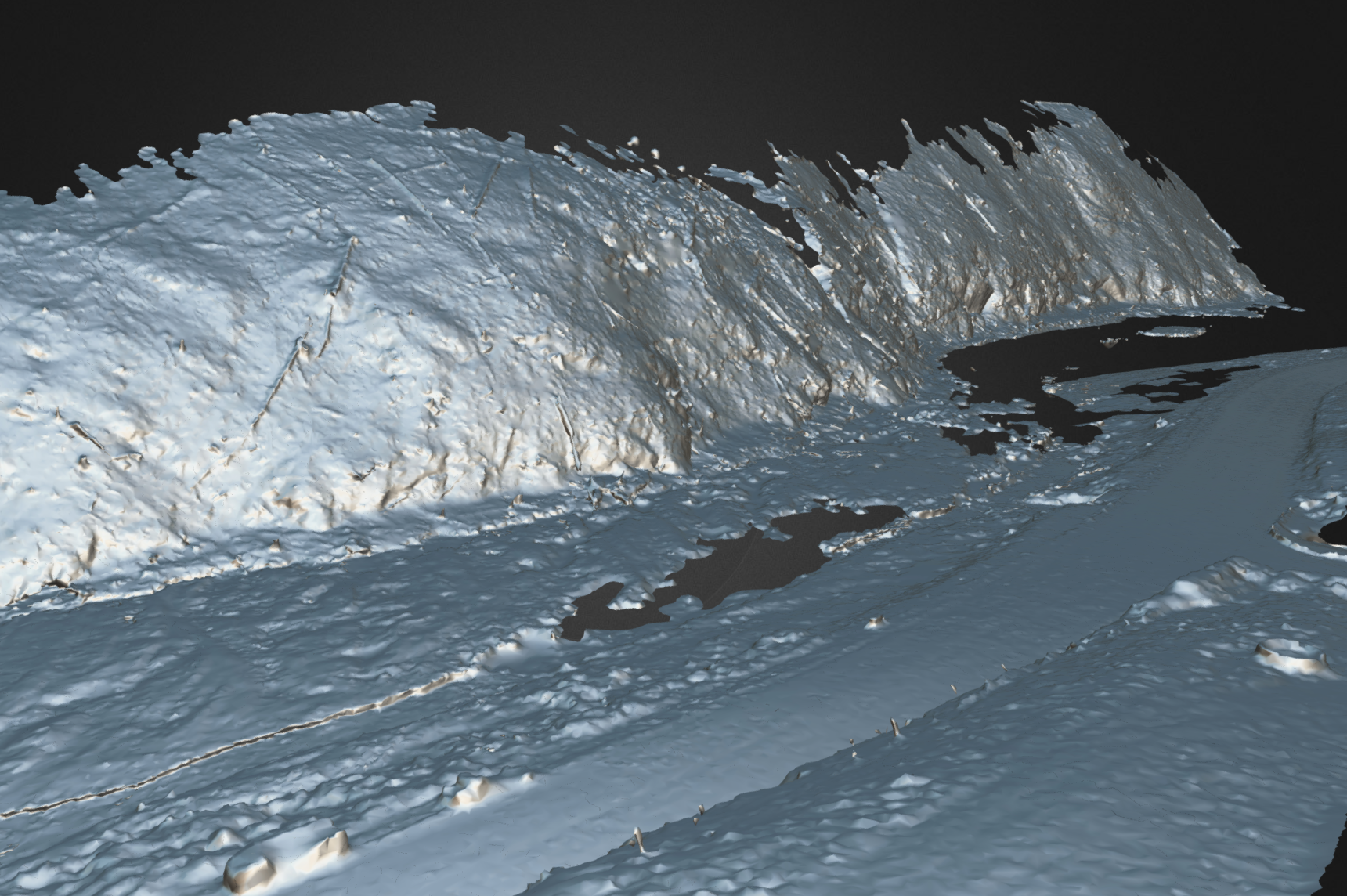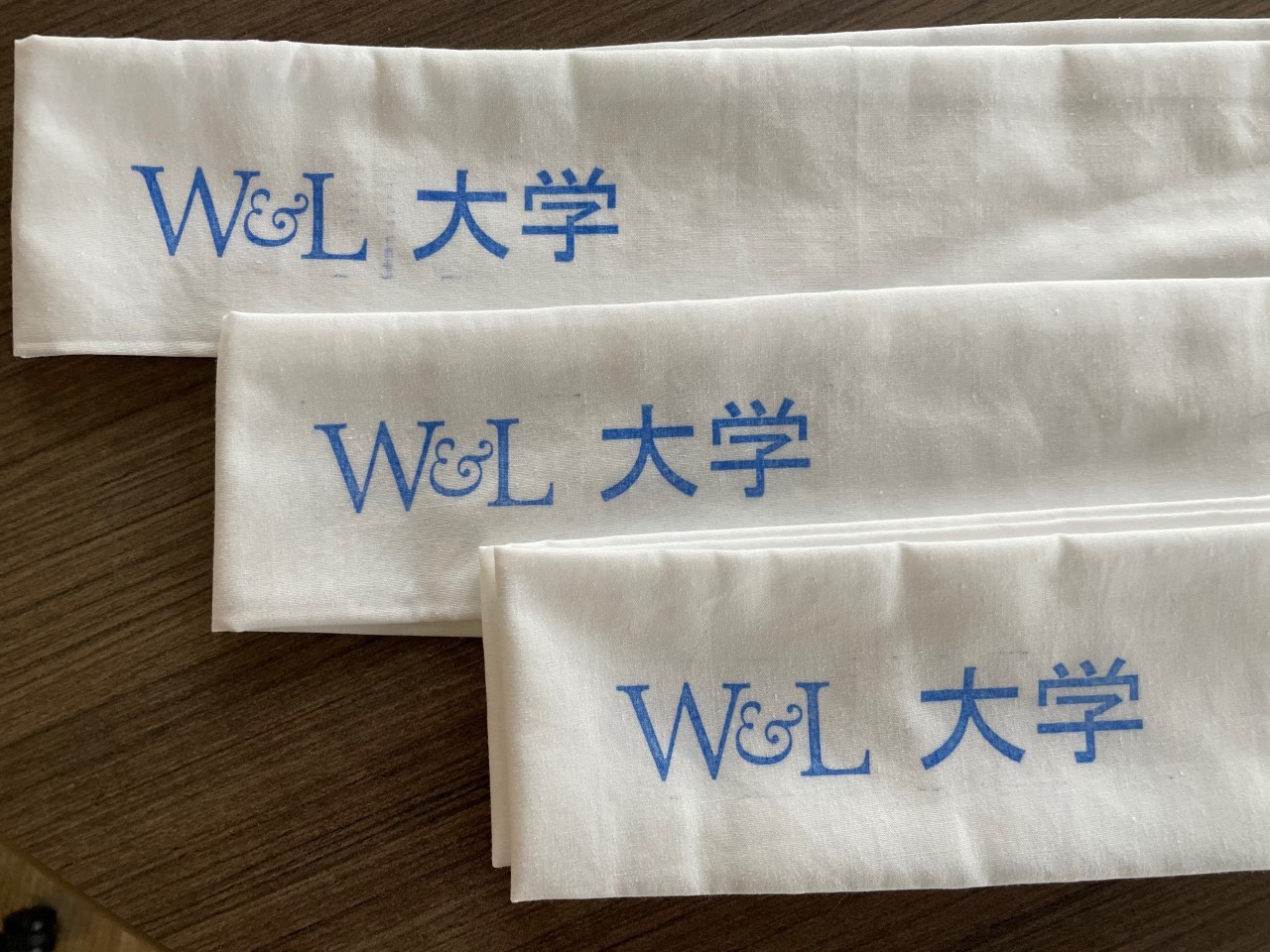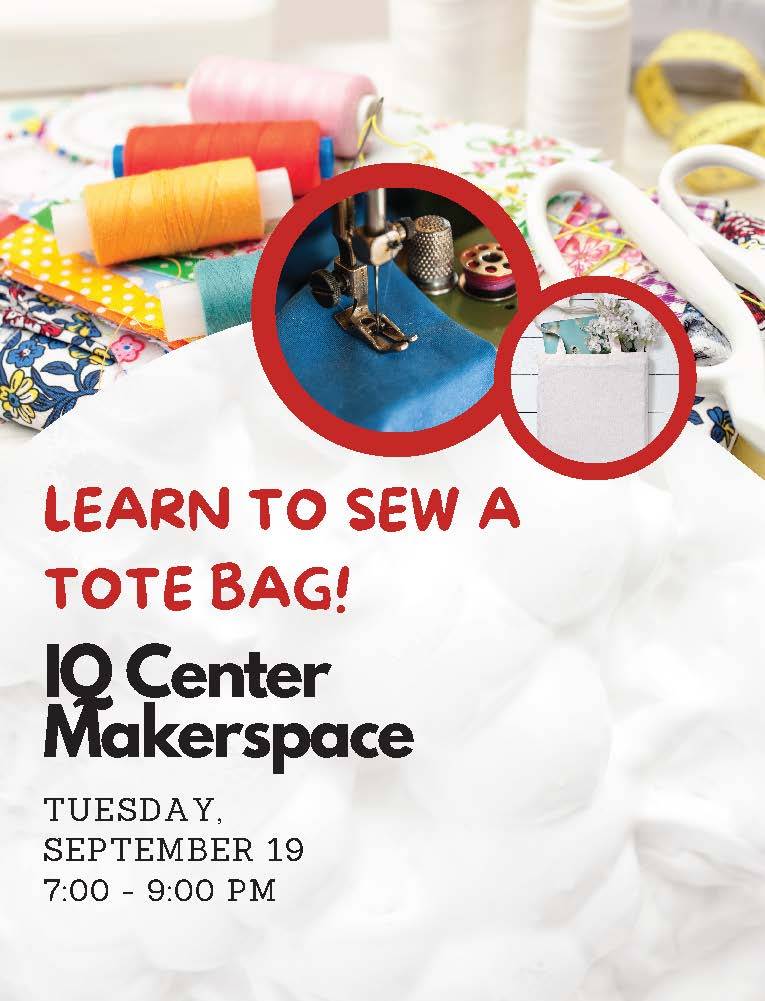 What happens when you combine a state-of-the-art space, enthusiastic students, and sewing machines? Pure magic!
What happens when you combine a state-of-the-art space, enthusiastic students, and sewing machines? Pure magic!
Last week, 17 W&L students came to the IQ Center with curiosity, excitement, and a penchant for crafting—ready to transform squares of fabric into tote bags. The buzz was palpable, the energy infectious.
And let’s be honest, who wouldn’t be excited?
Setting the Stage for Creativity
Hosted by the Academic Technologies team, the night was designed to be an immersive experience. Taking place in Science Addition 202A, the room was divided into four bustling workstations.
Each station was equipped with cutting-edge sewing machines, including the latest addition to our tech lineup—the Singer 4452 Heavy Duty electronic sewing machine, fabric shears, heat-erasable pens for fabric, rulers, and sewing pins, lots and lots of sewing pins!
Academic Technologists Julie Knudson, Dave Pfaff, Mickie Brown, and Helen MacDermott, walked around the room to answer questions and offer tips as students worked. And yes, for the curious minds and eager hands, there were pre-cut 18″ x 18″ fabric squares in a variety of fun prints and colors and pre-threaded machines—because, at the IQ Center, we believe in eliminating barriers to innovation. Most of the fabric came through donations from the W&L Theater costume shop! Fabric that once may have been curtains on a stage set were converted to market totes.
Imagine having a 3D instruction manual that you could touch, feel, and refer to. To provide a multi-dimensional learning experience, Julie created prototypes of each step, pinned to foam boards for reference. This approach elevated the traditional instruction method, providing students with a tangible guide to navigate the tasks that lay ahead.
 The workshop was more than just a fun night; it was an incubator of versatile skills. Our students gained hands-on experience in cutting fabric, measuring, pinning, pressing, backtacking, and sewing straight seams.
The workshop was more than just a fun night; it was an incubator of versatile skills. Our students gained hands-on experience in cutting fabric, measuring, pinning, pressing, backtacking, and sewing straight seams.
By the close of the workshop, a crescendo of pride filled the room. Every participant left with a tangible representation of their learning—a meticulously crafted tote bag. It was not just an accessory but a physical manifestation of applied knowledge, collaborative effort, and creative expression.
Final Stitches
This inaugural sewing workshop is a testament to the IQ Center’s commitment to fostering multidisciplinary skills and community engagement. It was a watershed moment for the IQ Center, reinforcing its role as a sanctuary for interdisciplinary innovation. And if the smiles and the stunning tote bags were any measure, we’re confident this is the start of something groundbreaking.
We’re just getting started, and we’re threaded up for greatness!


